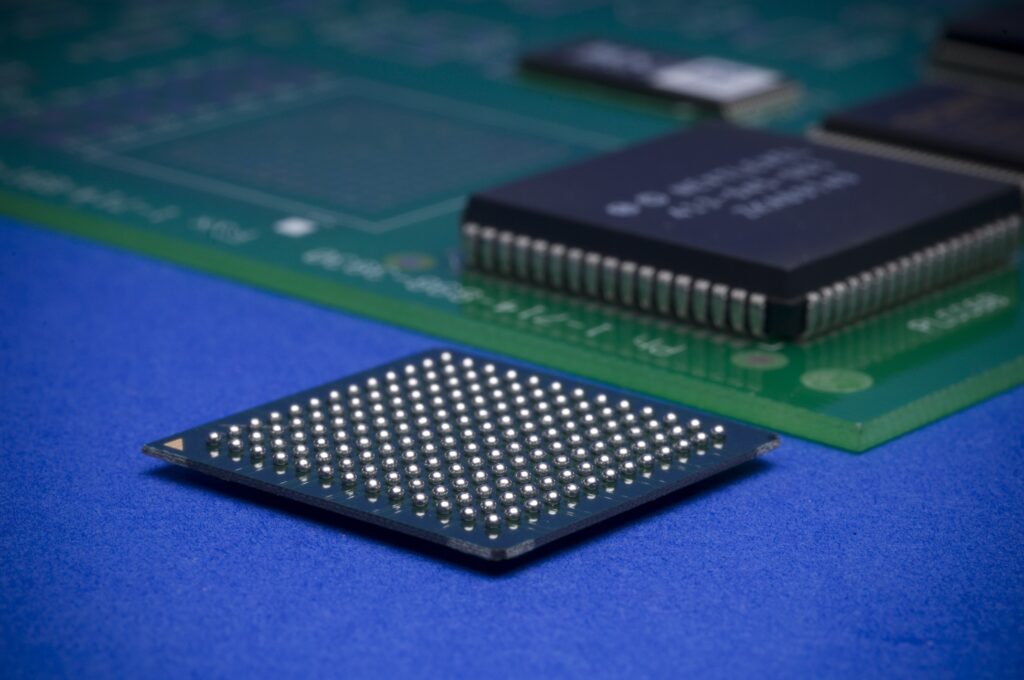
Ball Grid Array (BGA) packaging has been a cornerstone in the semiconductor industry, revolutionizing the way electronic components are mounted onto printed circuit boards (PCBs). From its humble beginnings to its current prominence, the BGA packaging industry has witnessed remarkable advancements. This article delves into the trends shaping the BGA packaging landscape and offers insights into its future trajectory.
Get Your Sample Report – Drive Business Success! https://www.futuremarketinsights.com/reports/sample/rep-gb-2038
Trends:
- Miniaturization: As consumer electronics continue to demand smaller and lighter devices, the trend towards miniaturization in BGA packaging is inevitable. Manufacturers are constantly striving to reduce package sizes while maintaining or enhancing performance, leading to the development of ultra-compact BGAs.
- High-Speed Data Transfer: With the proliferation of high-speed data applications such as 5G, IoT, and AI, there is a growing need for BGAs capable of supporting faster data transfer rates. This has spurred innovations in BGA designs, materials, and manufacturing processes to ensure reliable signal integrity and electrical performance.
- Increased Integration: Integration has become a key focus in BGA packaging, with manufacturers incorporating multiple functions into a single package. This not only reduces the overall footprint but also enhances system-level performance and reliability.
- Advanced Materials: The demand for BGAs capable of withstanding harsh environmental conditions, such as high temperatures and mechanical stress, has led to the adoption of advanced materials such as copper, ceramic, and organic substrates. These materials offer superior thermal and electrical properties, ensuring the longevity and reliability of BGA packages.
- Automation and Industry 4.0: The advent of automation and Industry 4.0 technologies has revolutionized BGA manufacturing processes, leading to increased efficiency, accuracy, and scalability. Robotics, machine learning, and data analytics are being leveraged to optimize production workflows and ensure consistent quality.
Future Outlook:
The future of BGA packaging looks promising, with continued innovations poised to address emerging challenges and opportunities. Advancements in materials science, manufacturing technologies, and design methodologies will drive the development of next-generation BGAs capable of meeting the evolving needs of various industries.
Conclusion:
As the backbone of modern electronics, Ball Grid Array packaging continues to evolve in response to changing market dynamics and technological advancements. By staying abreast of key trends and investing in research and development, manufacturers can position themselves at the forefront of innovation and capitalize on the vast opportunities offered by the BGA packaging industry.
About Future Market Insights Inc. (FMI)
Future Market Insights, Inc. (ESOMAR certified, recipient of the Stevie Award, and a member of the Greater New York Chamber of Commerce) offers profound insights into the driving factors that are boosting demand in the market. FMI stands as the leading global provider of market intelligence, advisory services, consulting, and events for the Packaging, Food and Beverage, Consumer Technology, Healthcare, Industrial, and Chemicals markets. With a vast team of over 400 analysts worldwide, FMI provides global, regional, and local expertise on diverse domains and industry trends across more than 110 countries.
Contact Us:
Future Market Insights Inc.
Christiana Corporate, 200 Continental Drive,
Suite 401, Newark, Delaware – 19713, USA
T: +1-845-579-5705
For Sales Enquiries: sales@futuremarketinsights.com
Website: https://www.futuremarketinsights.com
LinkedIn| Twitter| Blogs | YouTube



